The advent of modern technology brought the introduction of portable tree-stands, perhaps the most useful hunting accessory in existence. Though the true history of tree-stands is unclear, we do know the concept of ‘height advantaged hunting ’ began with black bears. In the early days of bear hunting, it was discovered that the safest and most efficient method to pursue these ‘black ghosts’ was through the use of a well placed tree stand.
Little has changed as most black bear hunting is still done from a stand. The popularity of stand hunting in North America expanded to include other big-game such as the Canada Moose and the White-tailed Deer. Let us look at the ubiquitous tree stand and its niche in big-game hunting today.
Tree stand evolution

Source: Adobe Stock
In the early days of tree stand hunting, the rough and crude “boards nailed to a tree” method was found to have flaws, disadvantages and drawbacks. When government agencies started cracking down on homemade platforms, hunters were left with no other choice but to go portable, or go home! In most parts of North America, it became not only illegal, but unpopular to construct permanent stands, especially on public land. This practice is still frowned upon in most regions for damage it causes to trees.
The only sound alternative for hunters is the use of portable ‘non-invasive’ tree stands. The market soon became becoming flooded with a variety of stand-types and configurations. Here are some different tree stand options for today’s big game hunter.
Fixed stands
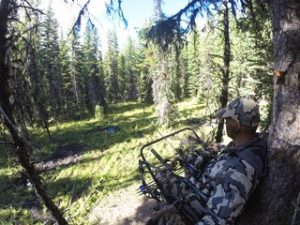
Source: Adobe Stock
The fixed tree stand is best described as a stand composed of a platform with a chair, featuring a chain or strap locking device for attachment, and require a separate set of foot pegs needed for climbing. As the name implies, the fixed tree-stand, although still portable, is meant to be installed in a predetermined location and left for a longer period of time. They are reminiscent of the old homemade tree stands, in that, through scouting and research in the hunt area, an exact location has been determined by the hunter in advance. The fixed tree-stand is erected with the goal of hunting that location on a long term basis.
Unlike the old homemade permanent tree-stands composed of wood and nails, with the right tools the modern fixed stand may be set up fairly quick, and cause minimal damage to the tree. Some practice and considerable time is required for inserting the foot pegs and for attaching the stand to the tree you choose to hunt from. Other positive aspects of a fixed stand include their size and weight, as well as the price. A fixed stand is typically a fraction of the cost, a fraction of the size and a fraction of the weight of a it’s larger cousin the climbing stand.
Self-climbing Tree Stands

Source: Adobe Stock
The portable climber or climbing tree-stand, as they are referred to, is a stand which acts both as a hunting platform on the tree, as well as a mechanism that enables hunters to climb trees. The safety of these climbers has greatly increased in recent years with solid construction available on most models.
Climbing stands are preferred by many , as they offer the flexibility of different stand choices, in a short period of time. After some practice, a hunter can quickly climb into one hunting position and later vacate the spot should it prove unproductive. This mobility being the biggest influence of these stands should be measured against their size, weight, and cost. A climber is considerably larger than a fixed stand, making it more bulky to carry through the forest. Climbers are popular among transient hunters wanting to maximize coverage of a particular forest, and who wish to access another location at a moment’s notice.
Tree stand Advantages

Source: Mossy Oak
There are several advantages of hunting from a tree-stand and hunters know them full well. For one, a tree-stand position generally offers a wider field of view than pursuing game from ground-level. A wider field of view provides greater visibility and thus improved shooting. Tree-stands greatly reduce the chance of spooking animals since study show that most wild game do not look UP for danger. They instead focus on the ground – what’s in front of them and what’s behind them therefore allowing tree stand hunters to go undetected.

Source: Adobe Stock
Tree-stands are also advantageous since their ‘in the air’ locale, inherently carries human scent over and out of the way, of any potential game. This is a huge advantage when hunting scent-wary animals like black bears and wily white-tailed deer. Another often overlooked advantage of the tree-stand is shot placement. The safety of shooting is greatly improved since from the steep angle, the forest floor becomes the backdrop for your rifle, shotgun, muzzle loader-shot, making it safer for you and other hunters.
Tips & Tricks
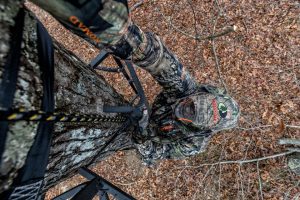
Source: Mossy Oak
Once you have chosen the ideal hunting spot and wish to climb into position with your stand, you should always choose a tree that is preferably straight with thin bark and very few branches. My favorite trees to use are Beech and Oak since they tend to grown smooth and straight. Another trick is to carry a handsaw, pruning shears and even a knife with you, as you ascend the tree. Also remember not choose a tree too wide on the butt which narrows quickly. A straight trunked tree which remains essentially the same diameter all the way up, is preferred.
NEW Saddle Tree Stands

Source: Tethrd Saddle Stands
The latest products on the market today are Saddle Stands – popularized by such company’s as Tethrd – saddle stands are constructed by deer hunters, for deer hunters. These modern stands are essentially ‘tethers’ which attach you to the tree by way of a rope tether, in conjunction with lineman belts and a base platform. The company Tethrd is the only manufacturer in the world offering factory-spliced tethers and lineman belts for improved safety.
The developers at Tethrd describe some advantages of their Saddle stand. The Tethrd Mantis and Phantom models allows hunters to ‘hide’ behind the tree trunk for the ultimate camouflage. Saddle hunters generally setup facing the direction deer are expected to travel, in order to keep the tree trunk in-between the deer’s line of sight. Along with the saddle attachment and lineman rope, you require a platform for your feet. The Predator platform allows you to shoot 360 degrees around any tree, with maximum comfort and ease. This new saddle stand configuration is built with bowhunters in mind but is equally at home during rifle season.
Tree Stand Safety

Source: Adobe Stock
The safety concerns surrounding the tree stand hunting as mentioned can not be understated. Safety should always be adhered to starting with the quality of the tree stand you choose. Try to avoid a homemade portable tree stand as these have not been factory tested for your weight, for its strength and for how they will react when used in a hunting situation. If you are not 100% confident as you climb your stand, do not continue. A full body safety harness is always recommended.
At one time, a traditional belt harness was the norm and the predecessor to that was no harness at all which meant no safety spring between you and the forest floor and in some cases, death. These full body harnesses may seem bulky and intricate to install however act as your lifeline when in position. Constructed of seat belt-like material and strapping, the safety spring will in most case prevent injury.
Safe hunting and I will see you in my tree stand!

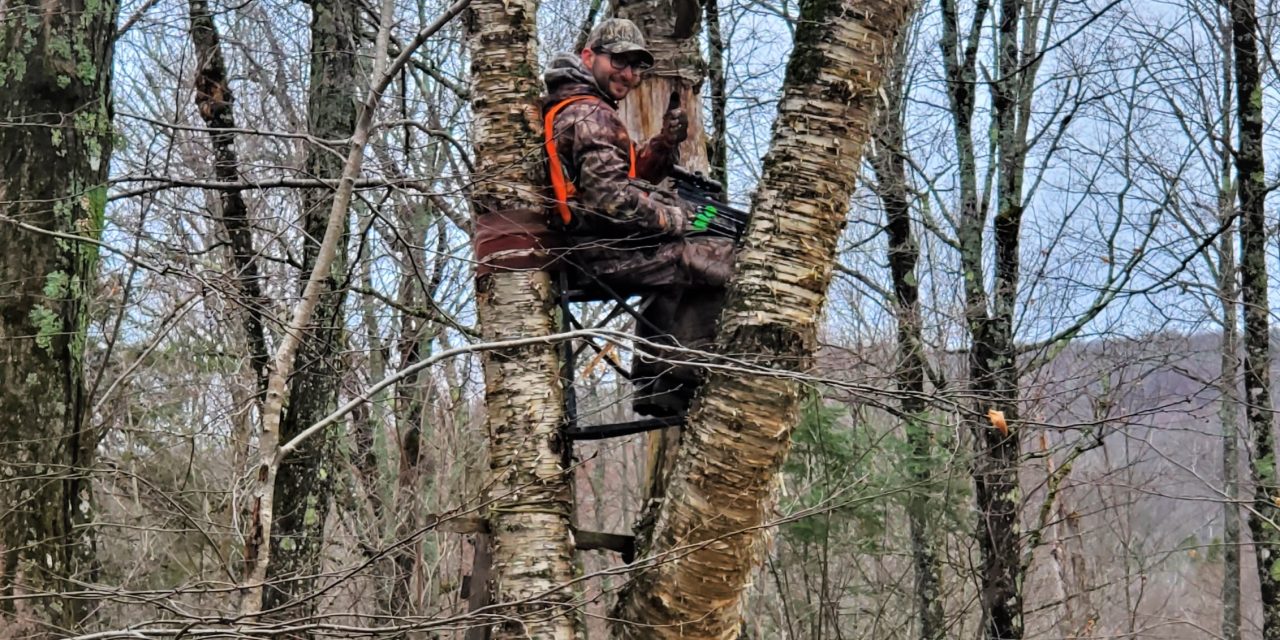
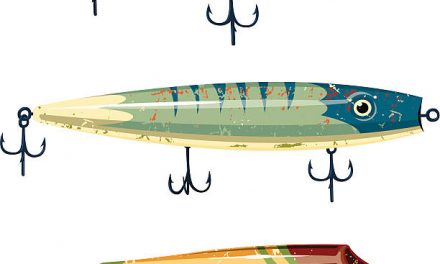
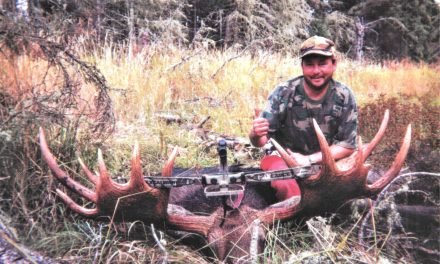
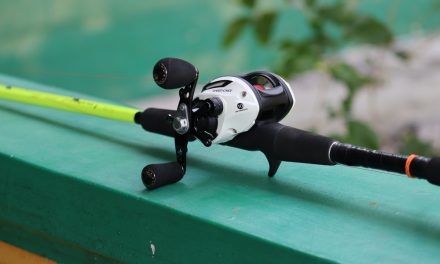
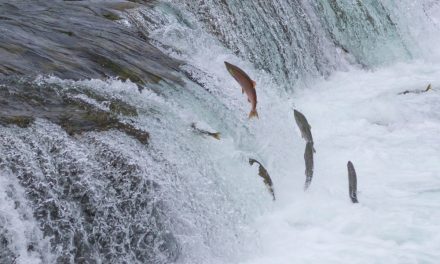
 E-Newsletter
E-Newsletter